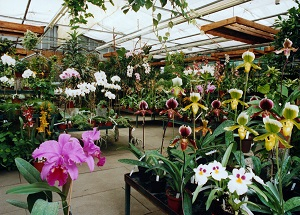Multihybriden-Sortiment (in Knospe/Blüte)
-
flower season:whole year
-
temperature:moderate (16 - 20 °C)
-
light/location:semi-shady
- We ship to you throughout the European Union (EU shipping) and Norway
- Highest horticultural quality and experience since 1897.
- Sustainable and resource-conserving orchids.
- Large selection of natural forms and orchid hybrids.
- Shipping fee with us only € 8.90 (within Germany)
- Free shipping within Germany from the value of € 100,00
- We ship for you at no extra charge with additional frost protection to -3 ° C..
- From an order value of € 65.00 you will receive a free gift, from € 100.00 an orchid young plant free of charge and from € 175.00 a 3-pack of young plants free of charge!
Orchids of the month
Orchid Assortments
Orchids

Ideas for Gifts
Use our quality and variety for your gift ideas. Give orchids for every occasion!
Care tips
In this section you will always find our tip of the month, tricks all around the orchid for the culture on your windowsill.Orchids
Orchids form the largest plant family in the world. They are found all over the world in almost all climate zones and locations. There are 25,000-30,000 different species, divided into about 1,000 different genera. The diversity of colors and shapes knows no bounds. Orchids are present in almost all climate zones on Earth, but in our greenhouses, we exclusively cultivate tropical and subtropical orchids that are perfect for home environments. This includes both pure species found in nature and hybrids and our own breeding. None of the plants in our collection are taken from nature; they are all artificially propagated. Orchid growers thus contribute to the conservation of endangered orchid species, actively engaging in species protection.
Caring for Orchids
Properly caring for orchids means considering various important growth factors and providing them optimally for each orchid. In addition to the right location, brightness, temperature, optimal water supply, and fertilizing, orchid care also includes regular repotting or plant protection. When talking about optimal orchid care, it's important to differentiate between cultivation in a greenhouse, by professionals, or by orchid enthusiasts at home. At home, compromises must be made in care, as tropical temperatures or high humidity of 70-80% are understandably undesirable. However, with a special orchid pot or a tray near a heat source (radiator), you can make the orchid quite comfortable.
Repotting Orchids
Orchids should definitely be repotted regularly, about every 1.5-2 years. By this time, the bark substrate is depleted, and the optimal balance between air permeability and water retention is disrupted. It may also be that an orchid has grown so much that it simply needs a larger pot to continue developing optimally. When repotting orchids, it's important to completely remove and discard the old soil from the root ball. Trim old, dried, and even rotting roots. Let the cut wounds dry overnight. When repotting, the remaining root system should be completely surrounded by new substrate. Tip: Always use new orchid substrate and a new orchid pot to avoid infections from hidden pests and other pathogens.
Pruning Orchids
What should be considered when pruning orchids correctly? The flower stem should definitely be left on the plant until all orchid flowers have fallen off. This takes different amounts of time depending on the orchid species. Some genera bloom only for 2-3 weeks, but others for several months. Phalaenopsis, in particular, is a true long-bloomer among orchids. And with Phalaenopsis, there is a crucial difference. Unlike all other orchid genera, where you cut the flower stem at the very bottom once it has withered, with Phalaenopsis, you leave 2-3 dormant buds, called sleeping eyes, and cut the flower stem a finger's breadth above them. After 6-8 weeks, a new lateral shoot can emerge, which, in turn, produces new flowers a few weeks later. This does not always succeed and depends on the variety but is only possible with Phalaenopsis.
Trimming Orchid Aerial Roots
During repotting, roots often need to be trimmed. This involves removing rotten and dried roots and keeping the healthy ones. For example, Phalaenopsis or Cattleya are naturally epiphytic (growing on other plants), possessing aerial roots. These roots grow outside the pot and reach for the light. In nature, they are mainly used for anchoring and also, like leaves, perform photosynthesis. Sometimes the aerial roots of a Phalaenopsis have grown so strong that some of them need to be cut before repotting. It's crucial to proceed very carefully, removing as little as possible. Also, let the roots dry overnight before repotting; the so-called aerial roots transform into earth-growing roots in the orchid substrate.
Watering Orchids
The art of watering orchids correctly, or rather, providing moisture, is what distinguishes the orchid enthusiast's "green thumb." We recommend either submerging the orchids in a bucket of pure water or nutrient solution. This means letting the water run over the pot rim for a few seconds, thoroughly moistening the entire soil substrate. Or, you can hold the orchid pot under the tap and thus bring the necessary even moisture to the roots. Often, you read about "watering orchids" with a thimble or shot glass in so-called lifestyle magazines! We recommend forgetting this immediately because the relatively coarse orchid planting material cannot store enough moisture with thimble or shot glass waterings to supply the thick orchid roots adequately. The result would be that the orchids dry out. Unfortunately, this is usually only noticed when it's already too late.
Orchid Substrate
For orchids, the planting medium is called orchid planting material or orchid substrate. We do not use the term "orchid soil" because, strictly speaking, it consists of more or less coarse and fine components that ensure an optimal balance of both air permeability and moisture retention. There are fundamentally different mixing ratios or granulations of individual components for epiphytic (growing on other plants) and terrestrial (growing in soil) orchids. Each orchid grower has their own "secret recipe" for the optimal orchid substrate. Common components of orchid substrate include pine bark, sphagnum moss, peat, perlite, as well as mineral rock or coconut fibers and chips.
Orchid Pot
The right orchid pot is crucial for successful care. All orchid pots have two things in common. They have many more holes than pots for other plant cultures and a ledge or so-called foot. The additional holes in the pot are intended to ensure that excess water can drain away as quickly as possible. The foot on the underside is to supply more air to the roots so that the roots do not stand in the water longer than necessary and the substrate can dry optimally.
Orchid Fertilizer
In addition to the right location and appropriate watering, the application of fertilizer is crucial for the successful cultivation of orchids on your windowsill. There is special orchid fertilizer, always offered as a liquid concentrate. Never use normal flower, hydrangea, or garden and balcony fertilizer, for example. All fertilizers are generally optimally matched to the intended plant species. Thus, orchid fertilizer is effective only in a specific nutrient combination. A balanced nutrient ratio of nitrogen, phosphorus, and potassium (N-P-K) is characteristic of good orchid fertilizer. Tip: Orchids are light feeders, requiring regular but minimal fertilizer. So, always mix half of the concentration indicated on the packaging into your watering and fertilize every 2-3 waterings! That means fertilize every 2-3 weeks!
Orchid Species and Genera
In the plant family of orchids (Orchidaceae), there are approximately 25,000 to 30,000 species. Species refer to the various orchids found in nature. The orchid is perhaps the largest plant family on earth. There are orchids in almost every climate zone. By crossbreeding different orchid species, orchid growers have combined the best traits over years and decades, producing new orchids, known as varieties (hybrids). The orchid plant family is further divided into various genera. From "A" like Ada to "Z" like Zygopetalum, there are different genera. There are approximately 1,000 different genera and now also cross-genus hybrids, known as multi-genus hybrids.
Blue Orchid
When considering the spectrum of colors in the world of orchids, one immediately notices, alongside the incredible diversity, that one color almost never appears. This is a clear, dark blue. Often, when a truly blue orchid is offered, it is either dyed or has actually absorbed blue ink for weeks. We, as orchid professionals, do not offer these artificially colored blue orchids because the next bloom will not naturally be blue but usually white. Nevertheless, there are truly beautiful blue-violet orchids that can almost be described as real blue orchids by nature. Examples include varieties like Vanda Blue Magic, Ascocenda Princess Mikasa 'Blue,' or Phalaenopsis violacea 'Blue.'
Vanda Orchid
Vanda is one of the many orchid genera worldwide. It is a pure epiphyte (growing on other plants) and originally comes from the subtropical and tropical regions of Southeast Asia. Vanda grows monopodially (one leaf to the right and one leaf to the left, from the same heart) and produces perhaps the broadest spectrum of flower colors imaginable. There are almost no colors and patterns that do not exist. Over the years, orchid growers have bred new and impressive varieties. These include varieties with nearly 10-12 cm large flowers as well as small, miniature-like varieties. Vanda is cultivated either hanging on a wire hanger or in a glass vase. The advantage of cultivating in a vase is that it is easier to water the plant since a Vanda should be watered about 2-3 times a week. However, it is crucial to ensure that only the roots are watered, and the leaves are not sprayed.
Lady's Slipper Orchid
The lady's slipper orchid, botanically named Paphiopedilum, is probably one of the longest-known and most versatile orchid genera. In the mid-18th century, lady's slippers were among the first orchids introduced to Europe from tropical areas of Asia. Paphiopedilum prefers consistently warm, semi-shaded to shaded locations and uniform watering. Paphiopedilum encompasses many hundreds of species and several thousand varieties (crossbreeds). Almost anything is possible here. There are tiny miniature orchids, but also lady's slippers with nearly 12-15 cm large flowers. Variegated species and varieties alternate with varieties having green to gray-blue leaves.
Monkey Face Orchid
The correct designation of the monkey face orchid genus is Dracula. The Dracula orchid genus prefers cooler conditions and comes from the higher elevations of Central America. Initially, the individual species belonged to the Masdevallia genus until they were reclassified as a distinct genus. The flowers of Dracula orchids look like monkey faces. Hence, they are also called monkey face orchids. Dracula orchids like it consistently moist and not too warm. Cultivation is therefore not very easy, especially in summer, and the flowers are not very durable. However, these monkey face orchids are extremely popular among collectors and orchid enthusiasts.
White Orchid
One of the most popular flower colors in the realm of orchids is white. For example, white Phalaenopsis orchids fit decoratively with almost anything in the home and look very elegant in a row of 3-5 plants. White orchids are not only found in horticulturally bred orchid species but also in nature as pure species. We then call them with the addition "alba" after the species name. For example, Paphiopedilum venustum alba or Phalaenopsis equestris alba, and many others. In our shop, we have grouped these very popular orchids into a separate category where you can browse for these special beauties of nature at your leisure.
Black Orchid
Black orchids, such as some Catasetum hybrids or Cymbidium, are very popular. They cannot be bought everywhere, and their propagation and cultivation are not always straightforward. In our shop, we offer some of these varieties, such as Paphiopedilum Maudie Vinicolor 'Black Madonna,' Fredclarkeara After Dark 'Black Pearl,' or Cymbidium Kiwi Midnight 'Geyserland.'
Buying Orchids Online
The online trade of flowers and plants is becoming increasingly popular. Specialties are in demand like never before. We have decades of experience in shipping high-quality blooming orchids, and it was only logical to open an online shop. The process of purchasing plants and, specifically, orchids on the internet does not differ greatly from other online purchases. You go to an online shop, select the products you want, and add them to the shopping cart. During the payment process, you can then complete your purchase, and the goods will be shipped to you via DHL. Trust is, of course, essential for online shopping. However, unlike initially thought, we have many repeat customers who appreciate our extensive range. We print out the orders, and sometimes on the same day, the order can be picked and individually packed. We ship nationwide and throughout Europe. The plants are packaged with great care, ensuring nothing can happen in transit. Take a look for yourself and enjoy our plants.


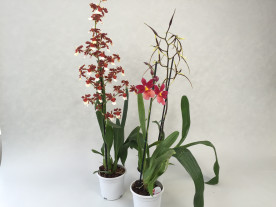






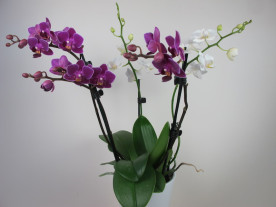
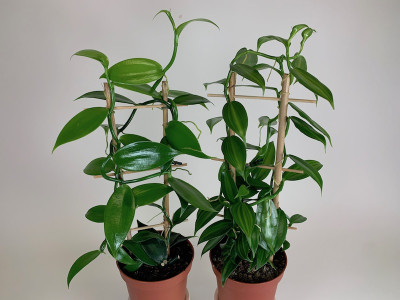
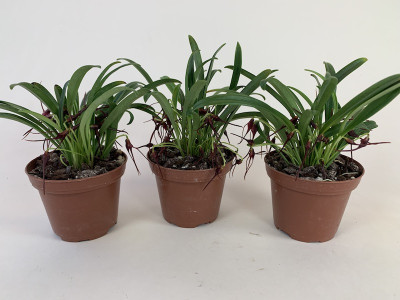
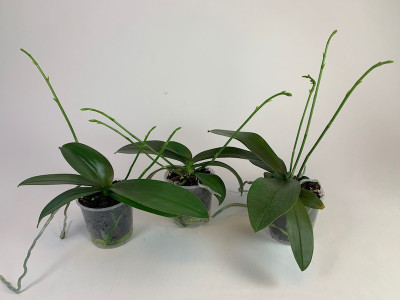


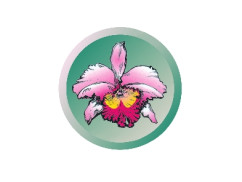



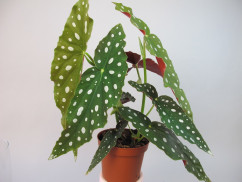
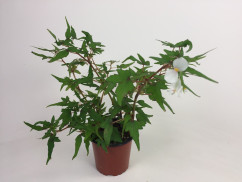
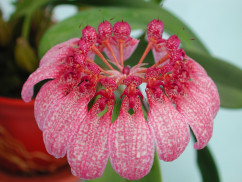
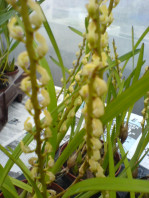

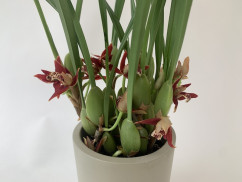
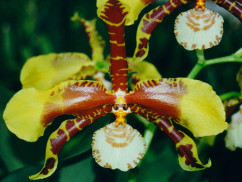


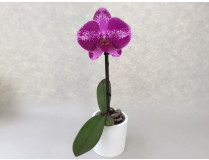
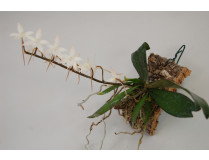
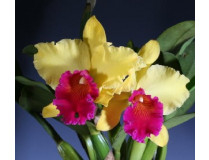
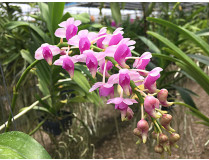
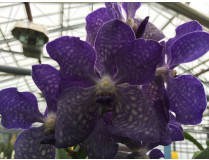
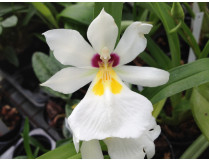
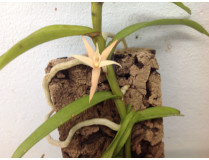
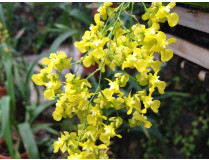
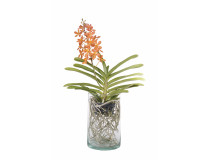
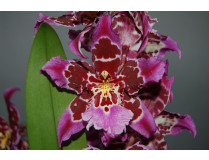
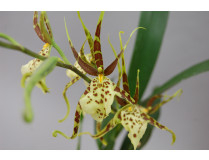
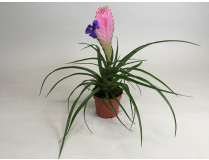
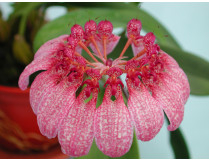
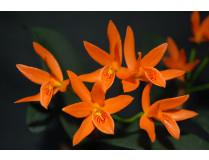
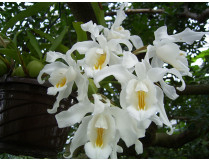
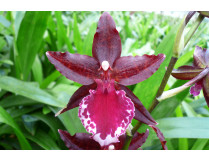
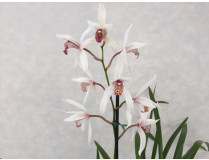
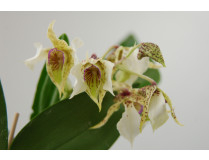
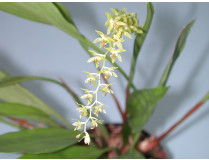
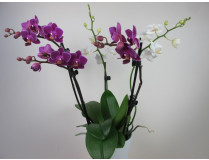
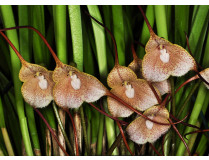
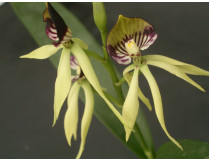
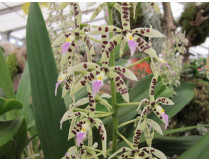
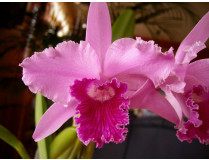
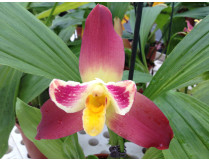
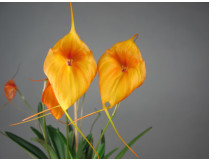
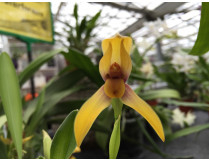
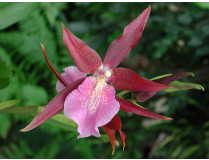
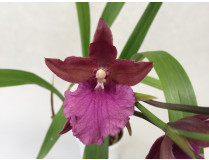
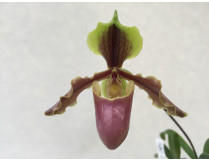
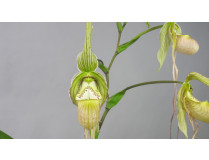
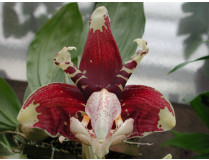
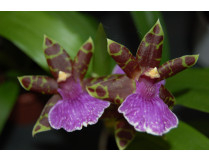
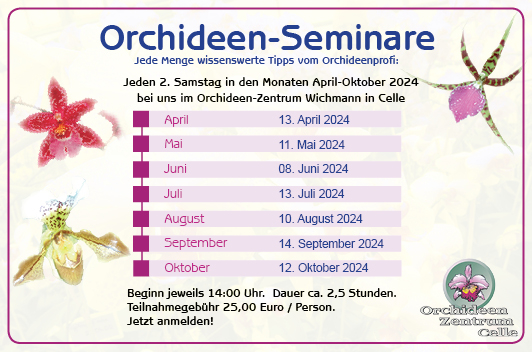
 ... to newsletter subscription
... to newsletter subscription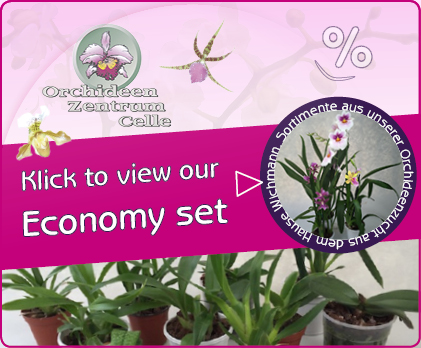 ... to see all economy sets
... to see all economy sets